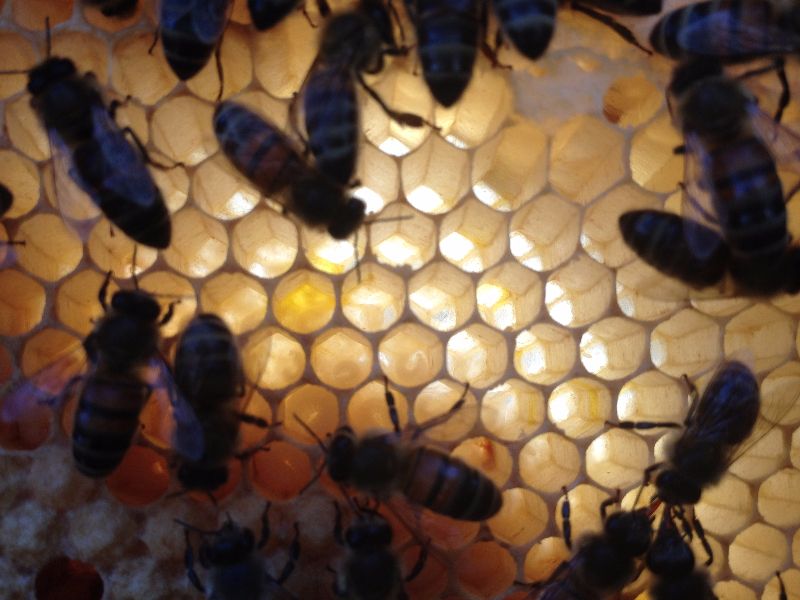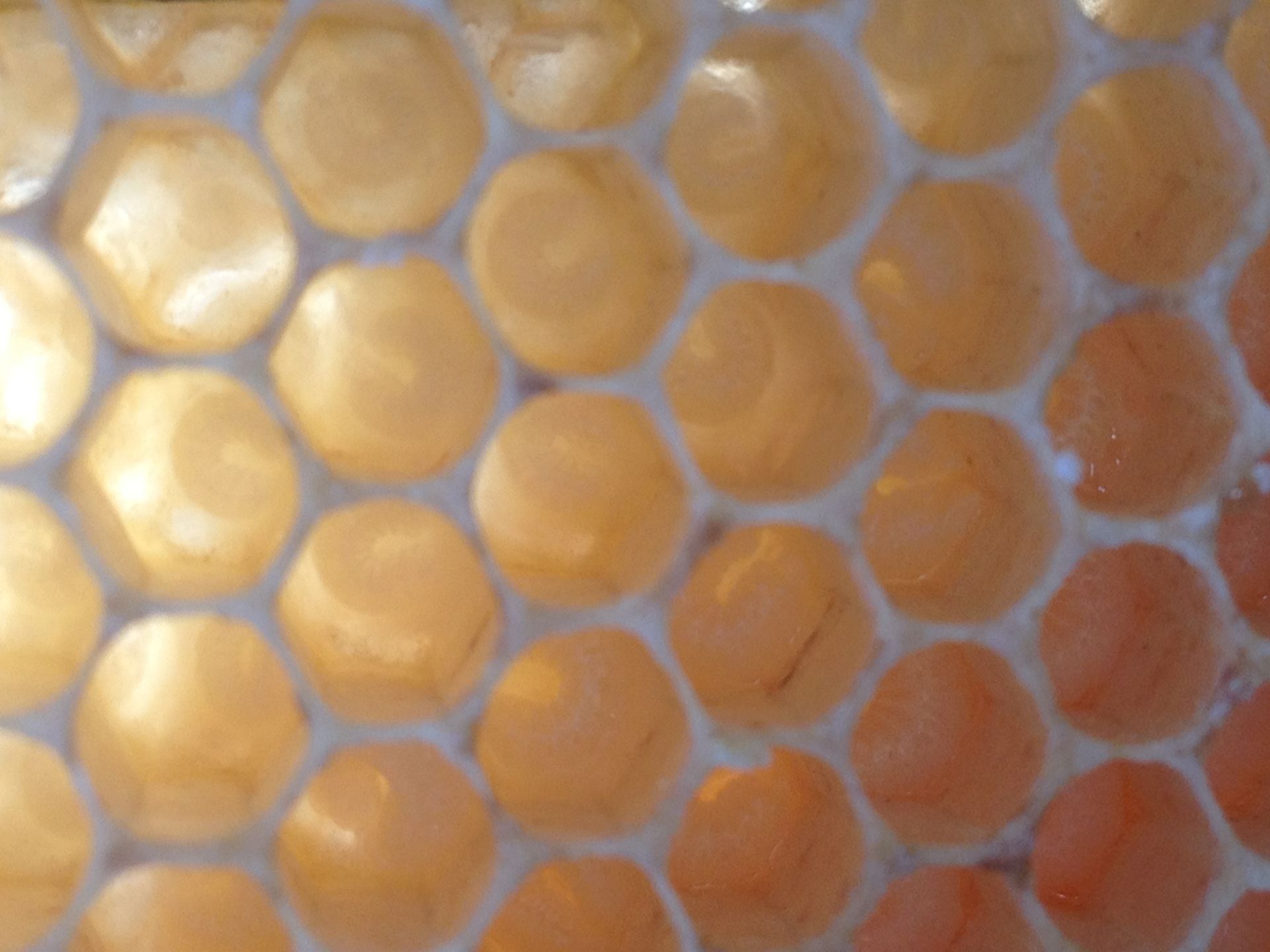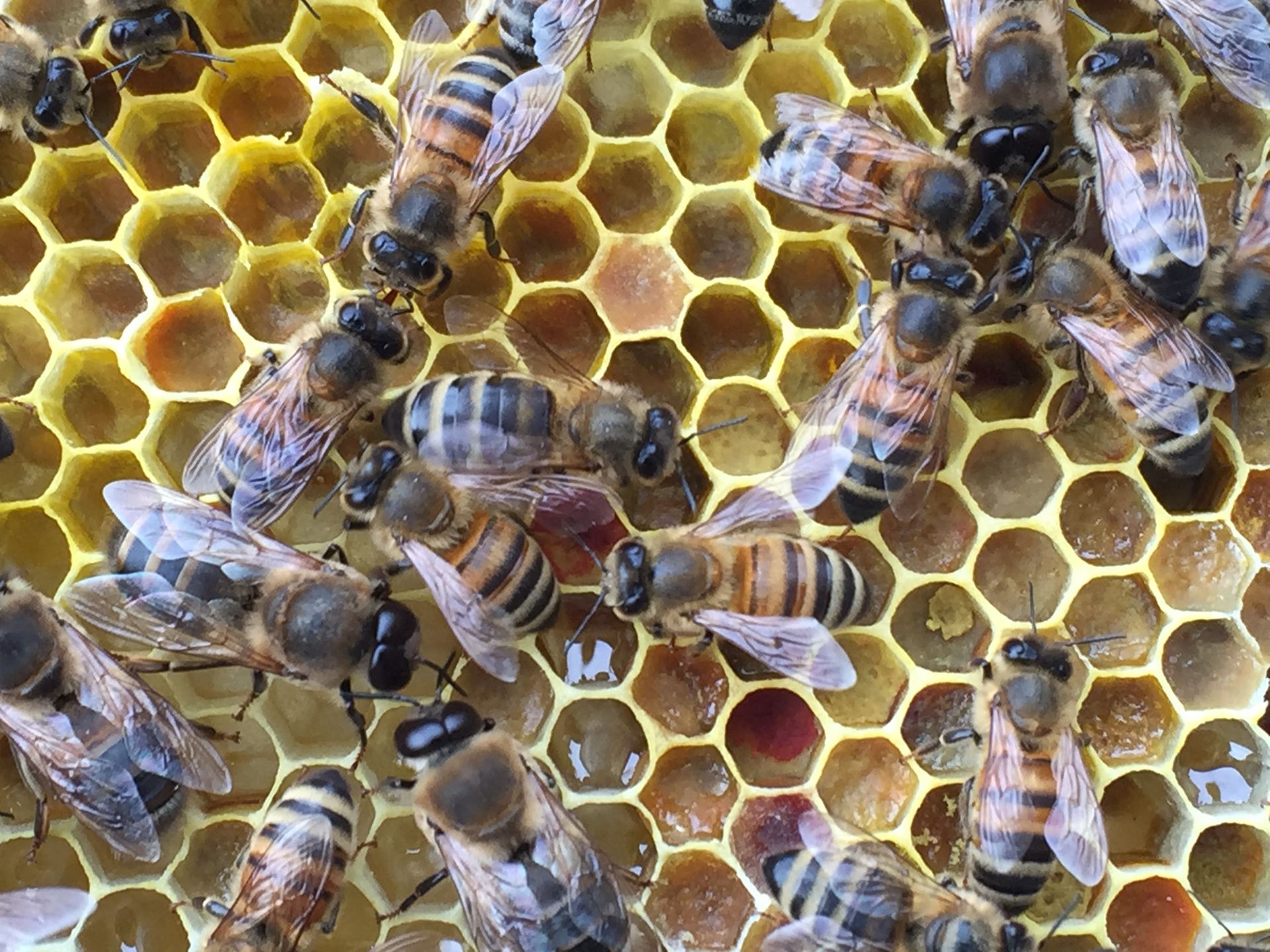Read about our bees, how we lovingly care for them and strive to keep them as sustainably as possible, healthy and disease free
At Api: Cultural we keep Western Honey Bees Apis mellifera. Our bees are locally bred bees, we do not buy in queens or nuclei from outside of the area.
We believe that locally bred bees are superior to imports being better adapted to the London Climate.
Research by the International Bee Research Association confirms our beliefs in using locally bred bees rather than bees headed by queens of foreign origin.
Their research involved a total of 621 colonies of 16 different genetic origins, which were set up in 21 apiaries in 11 European countries. Each location housed the local strain of bee alongside two of “foreign” origins. The colonies were set up in the summer of 2009 and were managed and evaluated according to a standard protocol used by all participants until 2012.
IBRA Science Director Norman Carreck says: “The results of these experiments show that the locally adapted strains of honey bee consistently performed better than the “foreign” strains. This may seem logical to many bee scientists, but may come as something as a shock for many beekeepers who believe that purchased queens are likely to be in some way “better” than the bees that they already have in their own hives. There is growing evidence of the adverse effects of the global trade in honey bees, which has led to the spread of novel pests and diseases. These papers which provide evidence that locally-adapted honey bee strains consistently perform better than imported strains may thus strengthen local bee breeding programmes, and encourage the use of locally bred queens over those imported from elsewhere”.
We practice integrated pest management to keep our bees healthy. This involves year round attention to our bee’s health and welfare needs, constant monitoring and intervention to combat the parasitic Varroa mite which is widespread in UK honey bee colonies.
We believe in scientific evidence based beekeeping, using management techniques that are well tested and proven to be effective.
We limit the use of chemicals to treat our bees and we do not treat our bees prophylactically with synthetic medicines.
Instead we manage our bee’s varroa loads through a season wide programme beginning in spring with shook swarms. This is when the bees are carefully shaken into a new clean hive with fresh frames and foundation or starter strips onto which they can build lovely clean combs. This rids the bees of the majority of the varroa in the hive which is contained within the old brood combs which are discarded. When we do this we transfer over a single frame of open brood from the old brood box. A week later this is sealed and any remaining varroa in the hive are trapped within the cells and this frame is then also discarded and replaced with a fresh frame. Any chemical residues lingering in the wax of the old combs are also removed through this process giving the bees a clean head start to the year with very little Varroa to worry about. The bees vigorously rebuild their colony with a sense of urgency and are soon large and healthy in time for the start of the honey flow.
Throughout the spring and early summer we inspect our bees weekly to monitor for signs that the colony may want to swarm.
Vigilance against swarming is absolutely critical in urban centres like London to avoid disrupting neighbouring businesses and to prevent causing panic and distress to the public. Unfortunately too many beekeepers lack this most vital of skills and each summer London is besieged by large numbers of swarms, many of which go uncollected and turn feral.
We pride ourselves on managing our bees so that they do not become a nuisance or inconvenience to our neighbours.
We manage the bee’s natural desire to swarm and thereby reproduce by artificially swarming them. We move the queens into a new box along with a frame of open brood and switch this box place with the original hive.
This process satisfies the colonies need for reproduction whilst preventing the bees from being lost in a swarm.
We monitor our bees Varroa loads through the use of inspection boards below open mesh hive floors and by washing samples of bees in powdered sugar.
Late summer is a time when Varroa populations can peak in the hive and to reduce this threat to our bees we practice frame trapping. Rather than using potentially harmful chemicals on our bees to rid them of mites we place a frame with the queen inside a special frame cage which restricts the queens laying to just that frame. In this way we can control where brood is produced and by removing and replacing a frame every 9 days we can effectively remove Varroa trapped inside sealed brood.
After 36 days the colony is virtually mite free. This practice leave the bees largely free of mites in plenty of time to raise enough winter bees to survive the winter, whilst not tainting the wax or honey with chemicals.
Discarded frames from Api:Cultural hives are recycled and the wax harvested for use in cosmetics and soap making.
The only treatment which we do regularly give to our bees is a December treatment with an Oxalic Acid based treatment.
This organic acid is effective at removing Varroa whilst the colony is broodless in mid-winter. We follow the latest guidance on administering Oxalic Acid from the Laboratory of Apiculture and Social Insects, Sussex University who have conducted a great deal of research into the use of this naturally occurring compound.
Organic beekeeping is not feasible in the UK owing to the bee’s habit of flying far from their colony. This means we cannot guarantee where the bees go to forage and therefore cannot say they are truly organic nor can we say their honey is organic, even certified Soil Association organic honey is not guaranteed to be actually 100% organic as there are no organic estates in the UK large enough to provide for the far and wide foraging needs of the honey bee.
In addition natural, low intervention beekeeping which is more conductive to the needs of the bees has its merits but is not appropriate in cities like London where swarms must be avoided. Our management style of high knowledge, weekly inspections and swift intervention but minimal use of chemicals works with the bees and we believe this is a best compromise between the bee’s needs and ours as their keeper.
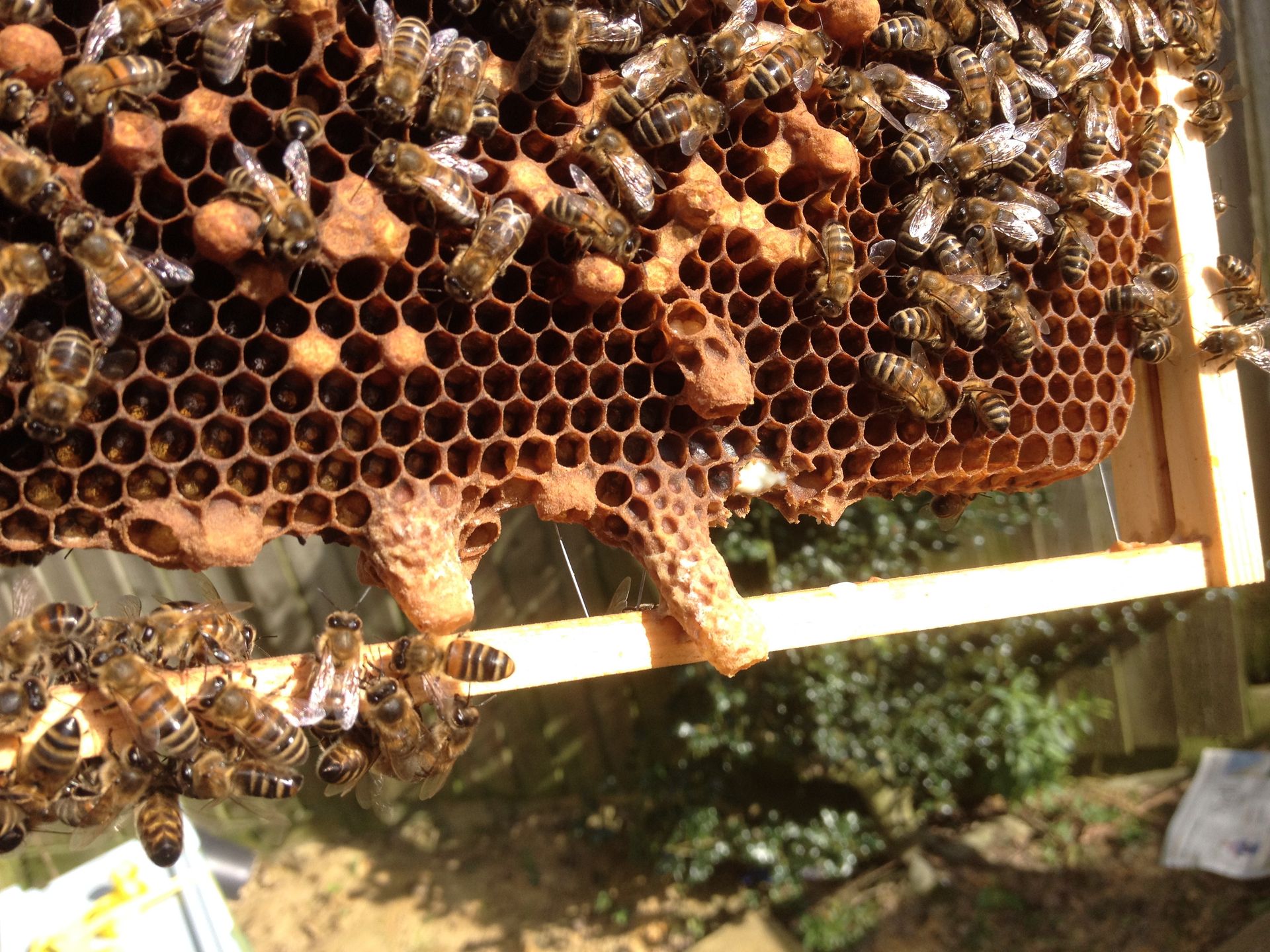
Above: Queen cells on a brood frame - a sure sign that the bees intend to swarm.
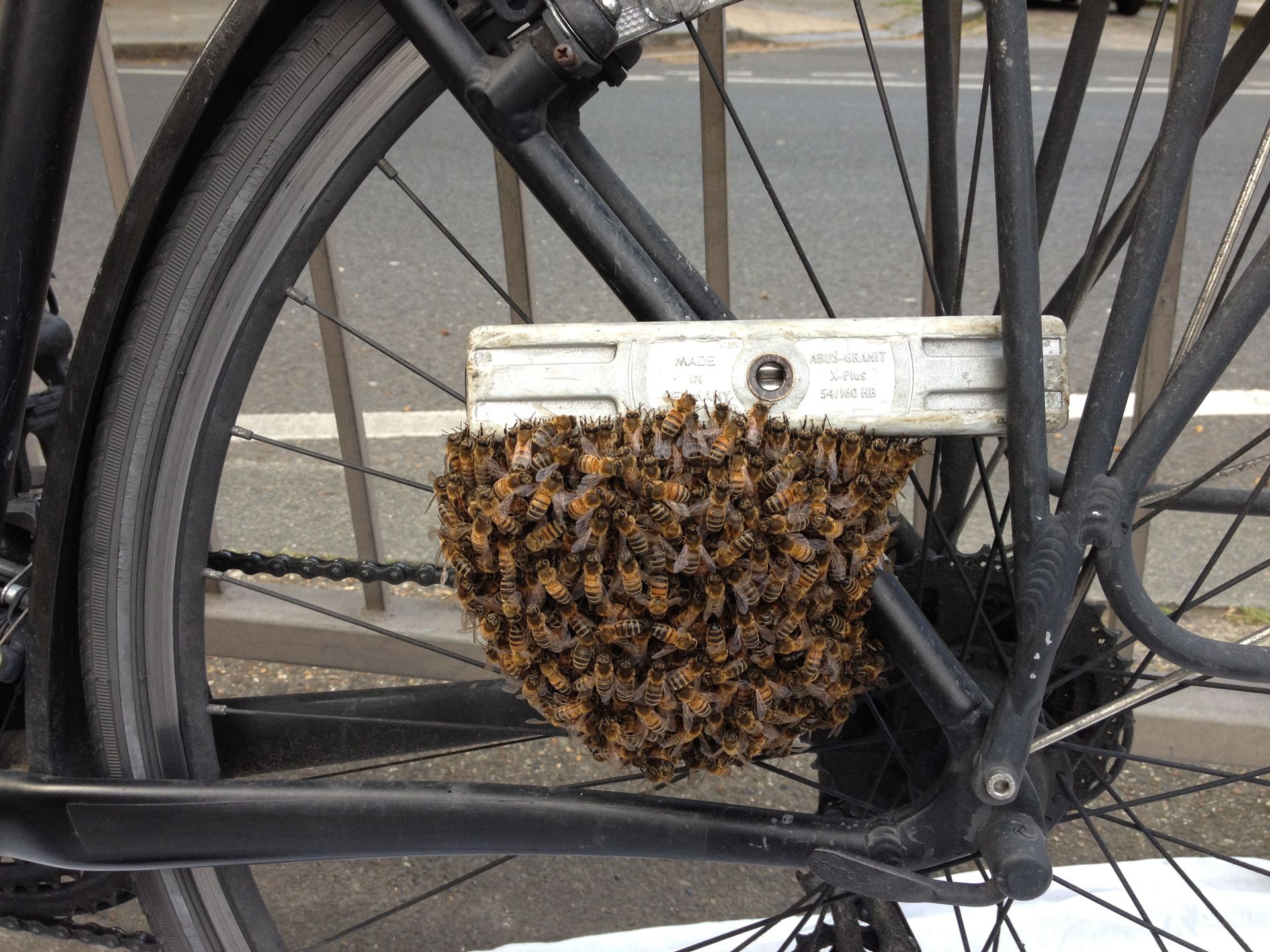
Above: a swarm gathers on a bicycle parked on a busy central London street.
Below: A swarm clings to plants on a green wall installation 5 storeys up a London residential building. In the second image is Mark sporting a safety harness as he prepares to be winched up the side of the building to retrieve the swarm. Collecting swarms at height is becoming a more and more common occurrence in London
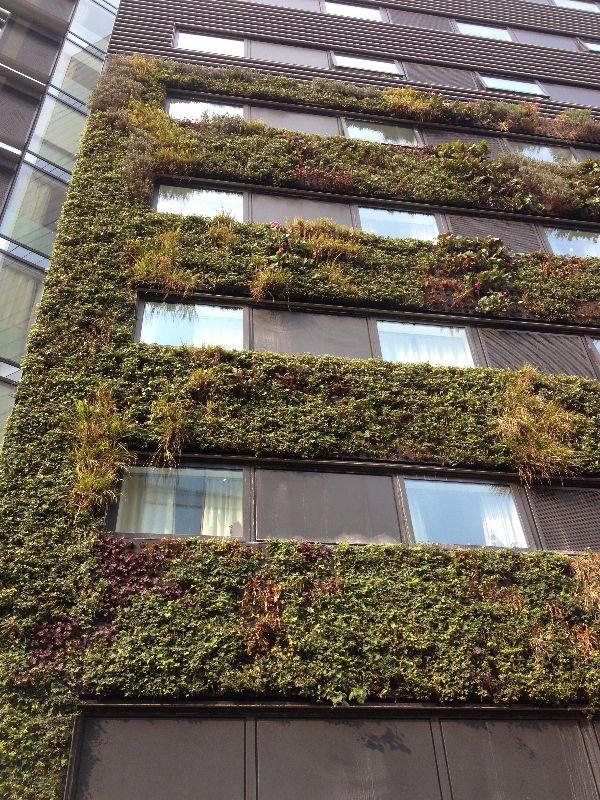
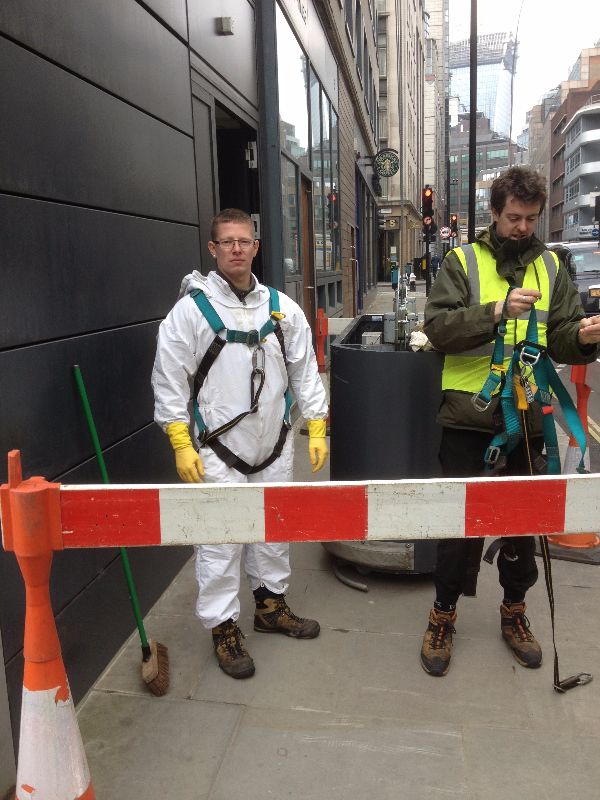
Below: Mark gives a colony of bees their December Oxalic Acid treatment to rid them of parasitic Varroa Mites
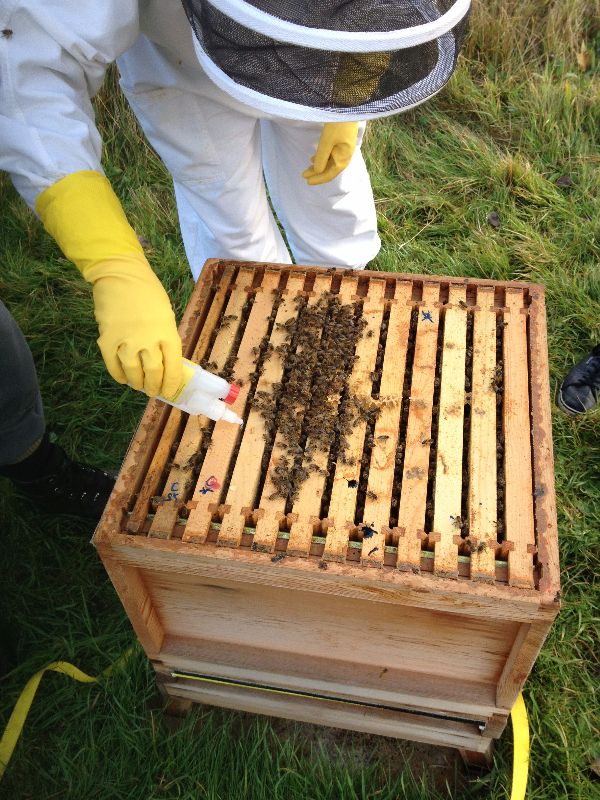
Feeding our bees
At Api:Cultural we prefer to leave our bees with their own honey to overwinter on. We believe that the bees deserve to eat the most nutritionally balanced food available to them which is their own honey which they work so hard to produce and store.
We only harvest surplus honey from the most productive hives and only feed our bees artificially on sugar based foods when absolutely necessary.
We always put the needs and welfare of our bees ahead of our own desire for a productive honey crop. We believe strongly that this is the way beekeeping should be.
Marking and clipping our queens
As part of our efforts to reduce the risk of swarms escaping our hives and disrupting our neighbours we actively mark and clip our queen bees. This involves gently picking up the queen and marking her thorax with a coloured drop of harmless ink – this enables us to locate the queen in future with greater ease during manipulations.
In addition our queens are clipped. This is done at the same time they are marked and the wings on one side of the body are clipped short. This means that should the queen try to leave in a swarm she cannot take off and will return to the hive. This buys the keeper more time to spot the signs of swarm preparations and take remedial actions.
Reducing our beekeeping activities impact of the wider environment
In many parts of London honey bee hives can be found in unsustainable densities which can cause problems for Honey Bees and wild bees alike.
research suggests that on average London can support 7 Honey Bee colonies per km2, but many areas of the capital far and above exceed this. When more hives are placed in an area that the habitat can support (carrying capacity) hives are forced to compete with each other and with wild bees for floral resources. This can encourage robing and increase the risk of serious disease transmission. There is also a risk that wild pollinators can go hungry in the face of competition by overwhelming numbers of Honey Bees.
To avoid this we try to place our hives in area of lower than average hive density and with above average green space where the bees experience reduced competition and goo quality foraging habitat.
Managed Honey Bee colonies are far larger than a wild colony residing in a tree cavity and the boxes beekeepers keep their bees in are less thermally efficient than a tree cavity. Managed bees tend not to be native ecotypes and are usually a mixed breed of bee containing southern European genetics. Beekeepers intentionally selectively breed Honey Bees for larger more productive colonies which make more honey. All of this causes managed colonies to consume between 12-22 times more nectar resources than a wild cavity nesting colony. This greatly increases the impact managed Honey Bees have competing with wild bees compared to a native wild cavity nesting colony.
To reduce the impact that our beekeeping has on wild bees and on other honey bee colonies we strive to do the following:
- Keep locally sourced bees. We never buy imported bees or bring in bees from outside the area which risks importing bee disease and foreign genetics.
- We keep our bees in recycled poly hives which are 76% more thermally efficient than wooden hives. This reduces the amount of energy wasted by the bees to maintain their nest temperature reducing their forage requirements.
- at most of our sites we limit the number of hives to 4 colonies. This is about the threshold where evidence shows managed hives begin to have a measurable competition effect on wild bees. At our central London locations this is restricted to a maximum of 2 hives per site. The only site where we have more than 4 colonies is our education apiary where we need sufficient colonies for students to practice on.
- We try to maintain smaller colonies, particularly in areas where forage is limited and hive density high. Smaller colonies consume fewer resources and have a lower impact on the environment.
- Try our best to keep our colonies healthy and to reduce disease spread and pathogen spill over to wild bees.
- Reclaim and recycle as much as we can from our bee hives. We reclaim the wax from our spent frames to use in foundation sheets and candles. We boil clean our used frames so they can be re-used several times before being discarded-reducing our timber consumption.
